From Gamer to Earner: Making the Switch to P2E
For decades, gaming has been a beloved pastime, a vibrant escape where countless hours are poured into virtual worlds for the sheer joy of competition, storytelling, and community. Players invest their time, skill, and often their money into acquiring digital treasures, leveling up characters, and conquering epic challenges, all for the satisfaction of the experience itself. But what if those hours spent could also yield tangible, real-world value? What if your in-game achievements and digital assets held a financial worth beyond the game’s ecosystem? This is the revolutionary promise of Play-to-Earn, or P2E, gaming, a paradigm shift that is transforming enthusiasts into digital entrepreneurs and blurring the lines between passion and profit. In 2025, the P2E landscape is more dynamic and accessible than ever, inviting gamers to explore a new frontier where their dedication can truly pay off.
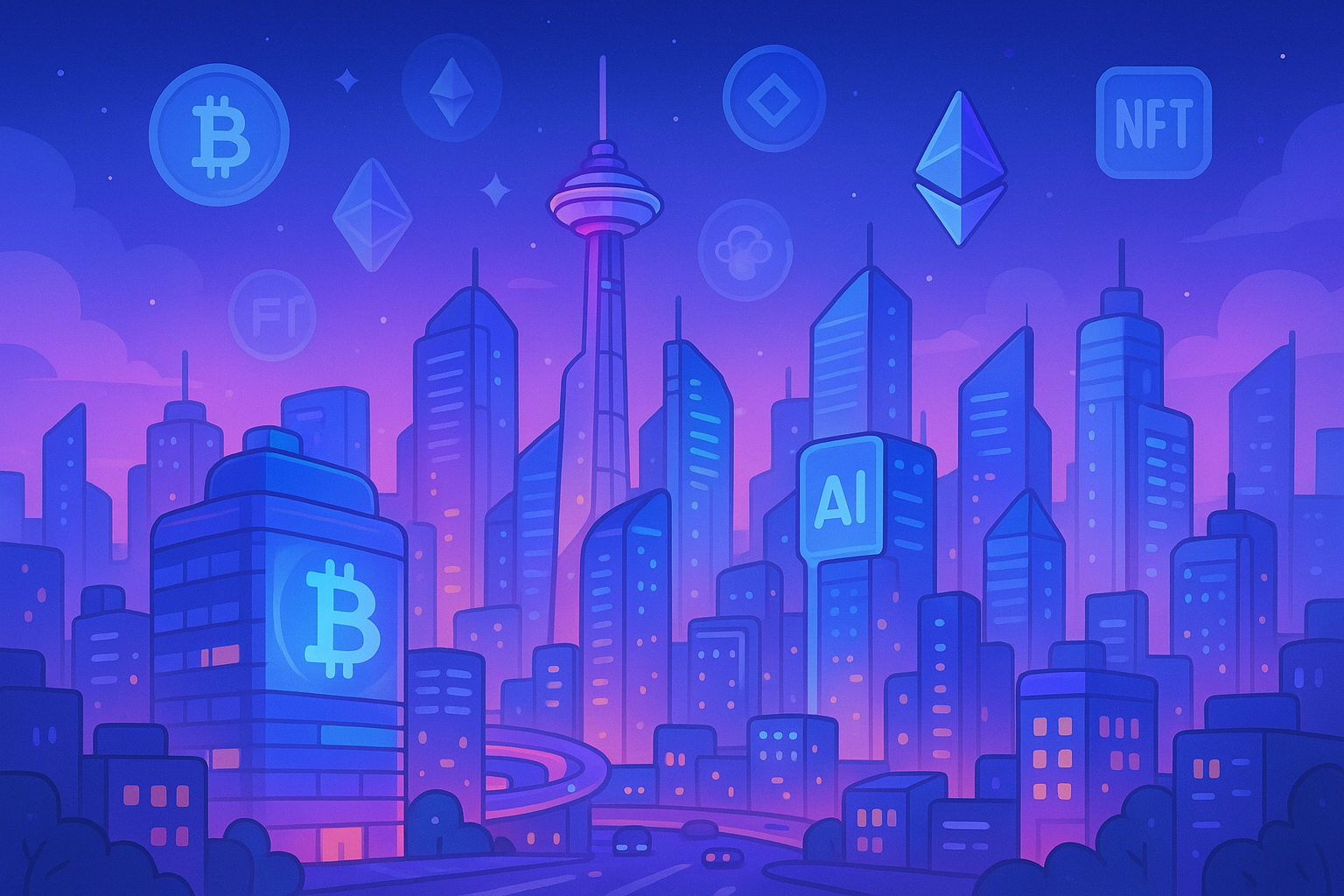
Understanding the P2E Revolution
At its core, Play-to-Earn is a gaming model built upon blockchain technology, allowing players to earn valuable digital assets through their engagement. Unlike traditional games where developers retain ultimate control and ownership over in-game items, P2E empowers players with true ownership. These assets typically come in two primary forms: cryptocurrencies, which are the native tokens of the game or underlying blockchain, and Non-Fungible Tokens (NFTs), which represent unique in-game items like characters, skins, virtual land, or rare collectibles. The fundamental difference is that these digital rewards are not merely cosmetic or functionally limited within the game; they can be traded, sold, or even used across different platforms, holding real-world monetary value. This concept turns the traditional gaming economy on its head, moving from a "pay-to-play" or "pay-to-win" model to one where time and skill translate into verifiable assets.
The Engine of Earning: How P2E Works
The mechanics of Play-to-Earn games are diverse, but they generally revolve around active participation and contribution to the game's ecosystem. Players can earn rewards through a multitude of activities. This might involve completing quests and daily challenges, winning battles in player-versus-player (PvP) or player-versus-environment (PvE) modes, breeding or crafting unique digital creatures or items, exploring virtual worlds, or even creating content within metaverses. Games like Axie Infinity, for example, allow players to collect, breed, and battle NFT creatures called Axies, earning tokens that can be used for breeding or sold on external marketplaces. Other titles, such as The Sandbox and Decentraland, offer virtual land as NFTs, enabling players to build experiences and monetize their creations. Pixels provides a cozy farming simulation where players can grow crops and level up land plots to earn rewards. The key is that the effort and creativity invested by players are directly rewarded with assets that have a verifiable economic value, stored securely on a blockchain and accessible via digital wallets.
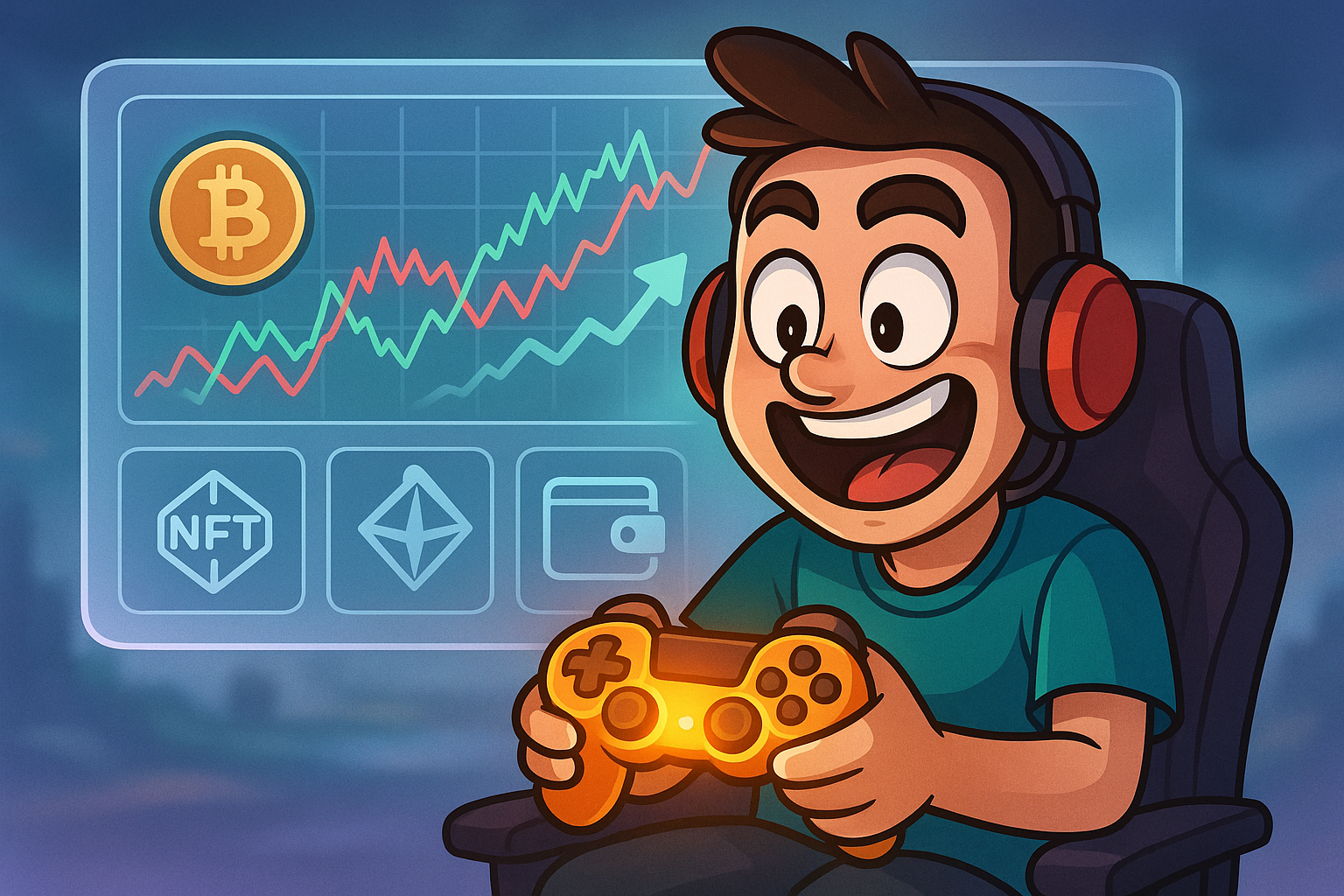
A New Frontier for Gamers: The Benefits
The allure of P2E for many gamers is undeniable. The most apparent benefit is the potential for financial reward, transforming a hobby into a viable source of income, or even a full-time endeavor for highly skilled players in some regions. This financial incentive fosters a deeper sense of engagement and investment in the game world. Beyond monetary gains, P2E grants players true ownership over their digital assets. Unlike the traditional model where purchased items are essentially licensed and tied to a single game, NFTs provide verifiable proof of ownership on a decentralized ledger. This means players can freely trade or sell their assets without developer restrictions, fostering dynamic player-driven economies. This newfound control extends to community involvement, with many P2E games integrating decentralized autonomous organizations (DAOs) that allow token holders to have a say in game development and future updates, cultivating a stronger sense of community and shared purpose. Furthermore, the interoperability trend means that assets earned in one game might eventually be utilized or hold value in others, creating a more interconnected and expansive digital universe.
Navigating the Digital Wild West: Challenges and Considerations
While P2E offers exciting opportunities, it's not without its complexities and risks, which aspiring earners must navigate carefully. One of the primary concerns is economic sustainability. Many early P2E models have faced challenges with token inflation and reliance on a constant influx of new players to maintain asset value, leading to volatile in-game economies where early adopters might benefit at the expense of newcomers. The value of in-game cryptocurrencies and NFTs can fluctuate dramatically, influenced by broader crypto market conditions, game popularity, and economic design. Another significant hurdle can be the barrier to entry; some popular games require a substantial initial investment in NFTs or tokens to even begin earning, which can be prohibitive for many. Regulatory uncertainty also looms, as governments worldwide grapple with how to classify and regulate cryptocurrencies and digital assets, potentially impacting the legality and accessibility of P2E games in different jurisdictions. Security risks, such as smart contract vulnerabilities and potential scams, also demand vigilance. Lastly, there's the ongoing challenge of striking a balance between earning potential and engaging gameplay. As P2E matures, the industry is increasingly focused on developing high-quality, immersive games that are genuinely fun to play, rather than just being a grind for rewards.
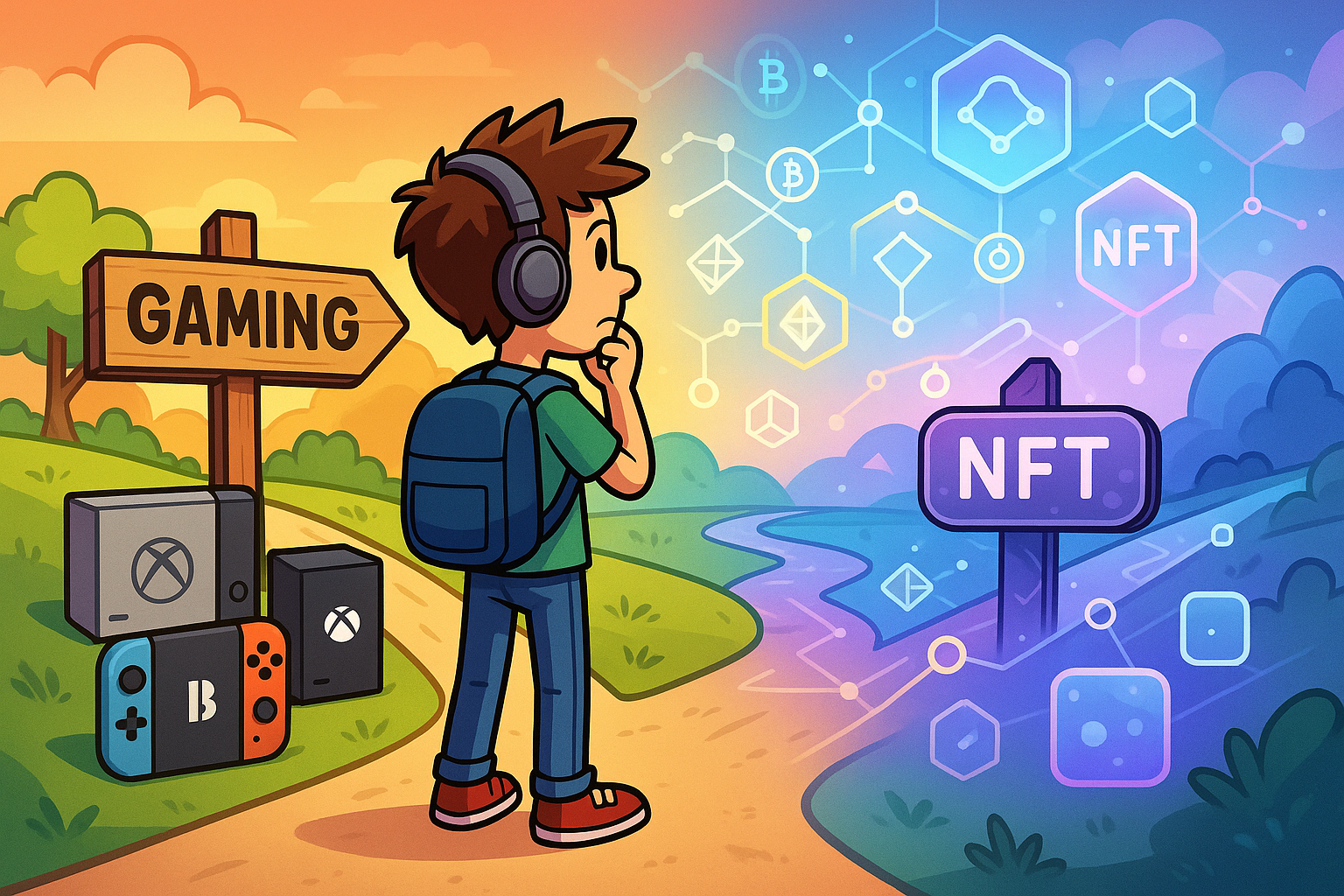
The Road Ahead: Future of P2E Gaming
Looking towards 2025 and beyond, the future of Play-to-Earn gaming is brimming with innovation and growth. We are witnessing a clear trend towards the development of higher-quality, AAA-level Web3 games that prioritize captivating gameplay experiences alongside earning potential. Developers are learning from earlier models, focusing on sustainable tokenomics and richer narratives to retain players. Interoperability is set to become a cornerstone, allowing players to seamlessly transfer and utilize their digital assets across different games and metaverse platforms, fostering a truly interconnected digital identity. Artificial intelligence is also poised to enhance P2E, with AI-powered NPCs creating more dynamic and immersive virtual worlds. Decentralized autonomous organizations (DAOs) will continue to empower communities, giving players a more significant voice in the evolution of their favorite games. Furthermore, advancements in blockchain technology, particularly Layer-2 scaling solutions, are addressing issues of high transaction fees and slow processing times, making P2E games more accessible and efficient for a broader audience. The integration of P2E with the burgeoning metaverse concept promises vast virtual economies where players can not only earn but also live, socialize, and create.
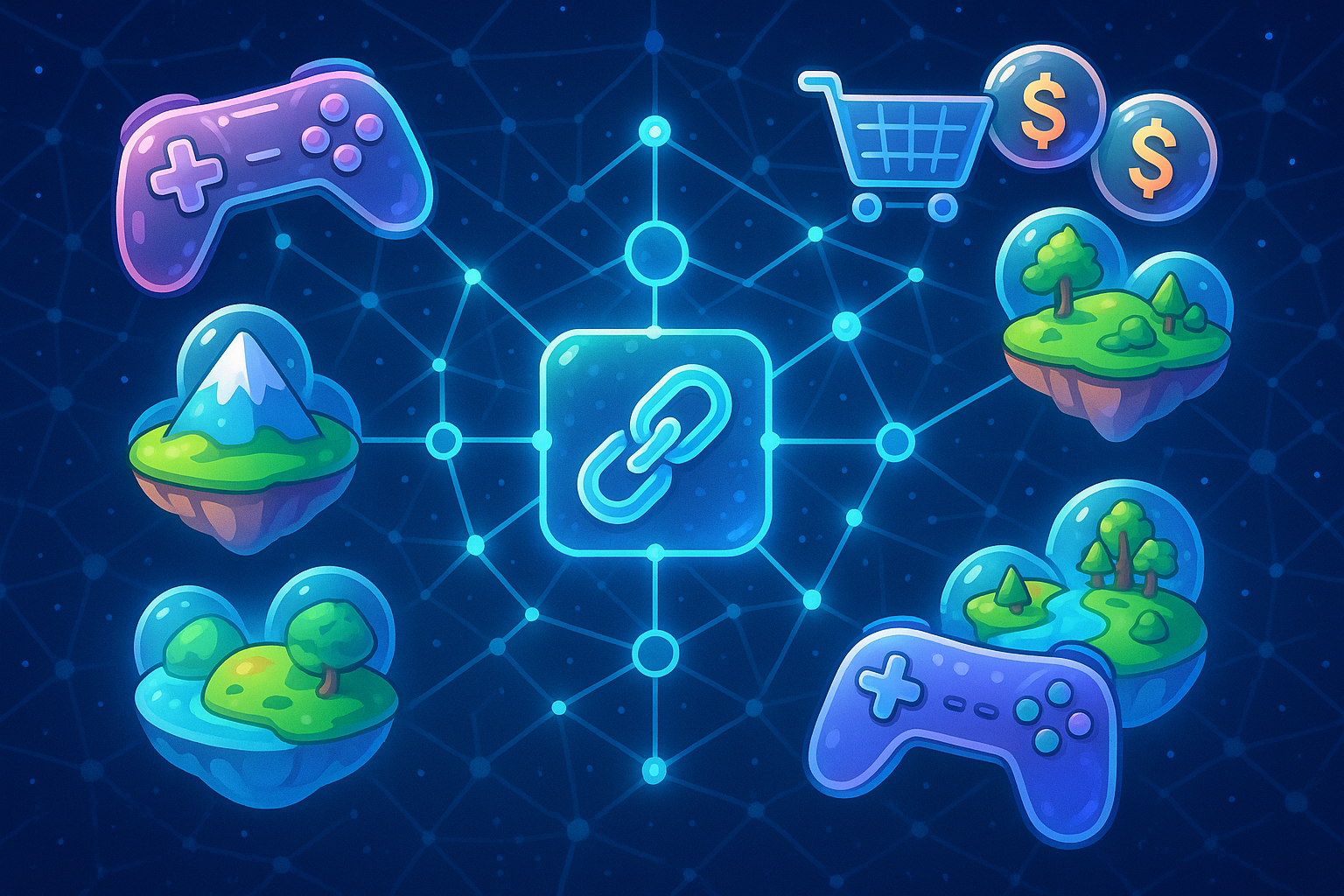
Making the Switch: Your Journey to P2E Earning
For the traditional gamer contemplating the leap into the P2E world, the journey begins with informed exploration. Start by researching games that align with your interests and gaming style. Popular titles like Axie Infinity, The Sandbox, Gods Unchained, and Illuvium offer different genres and earning mechanics, providing a good starting point. Look for games with active communities and transparent economic models. Many P2E games now offer free-to-play options, allowing you to experience the gameplay and understand the earning mechanisms before making any financial investment. This reduces the initial barrier to entry and allows for a risk-free introduction. Understand that success in P2E, like traditional gaming, often requires skill, strategy, and dedication. However, unlike traditional gaming, that dedication now has the potential to translate into tangible rewards. Educate yourself on basic cryptocurrency and NFT concepts, how to set up a digital wallet, and how to safely navigate marketplaces. Joining gaming guilds can also provide valuable insights, support, and even opportunities to participate in games without the full upfront investment. The landscape is evolving rapidly, so staying updated on trends, new game launches, and best practices is crucial for a rewarding experience.
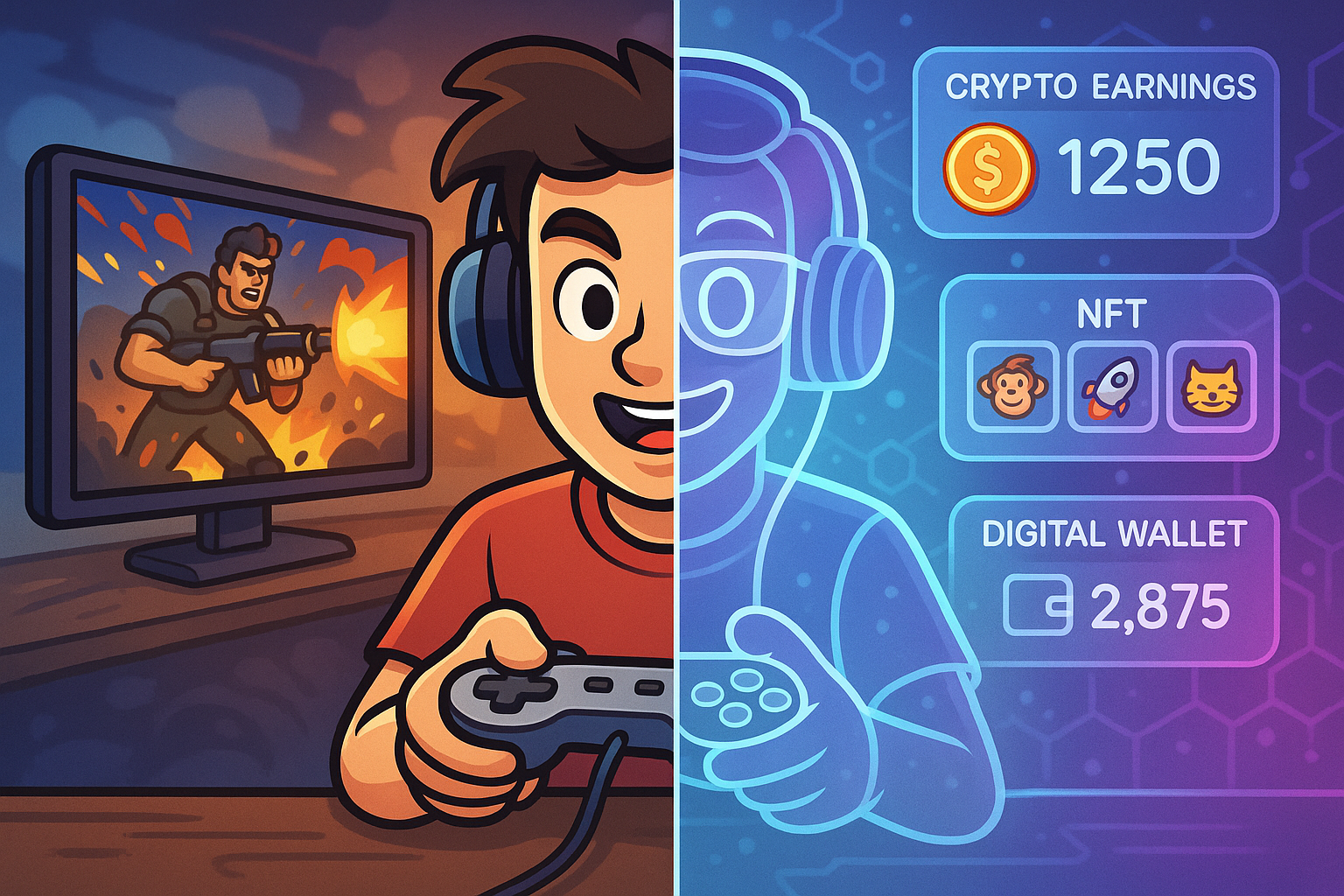
Conclusion
The journey from a passionate gamer to a savvy earner in the P2E space is a testament to the innovative spirit driving the digital world. What was once purely a leisure activity is rapidly transforming into an arena where skill, strategy, and time can unlock genuine economic opportunities. While challenges exist, the continuous evolution of blockchain technology, the emergence of high-quality games, and a growing focus on player-centric economies are paving the way for a more sustainable and exciting future. As the lines between virtual and real economies continue to blur, Play-to-Earn is not just a passing trend; it's a fundamental shift in how we perceive and interact with digital entertainment, offering a compelling vision where every moment spent gaming can contribute to a rewarding new chapter.

